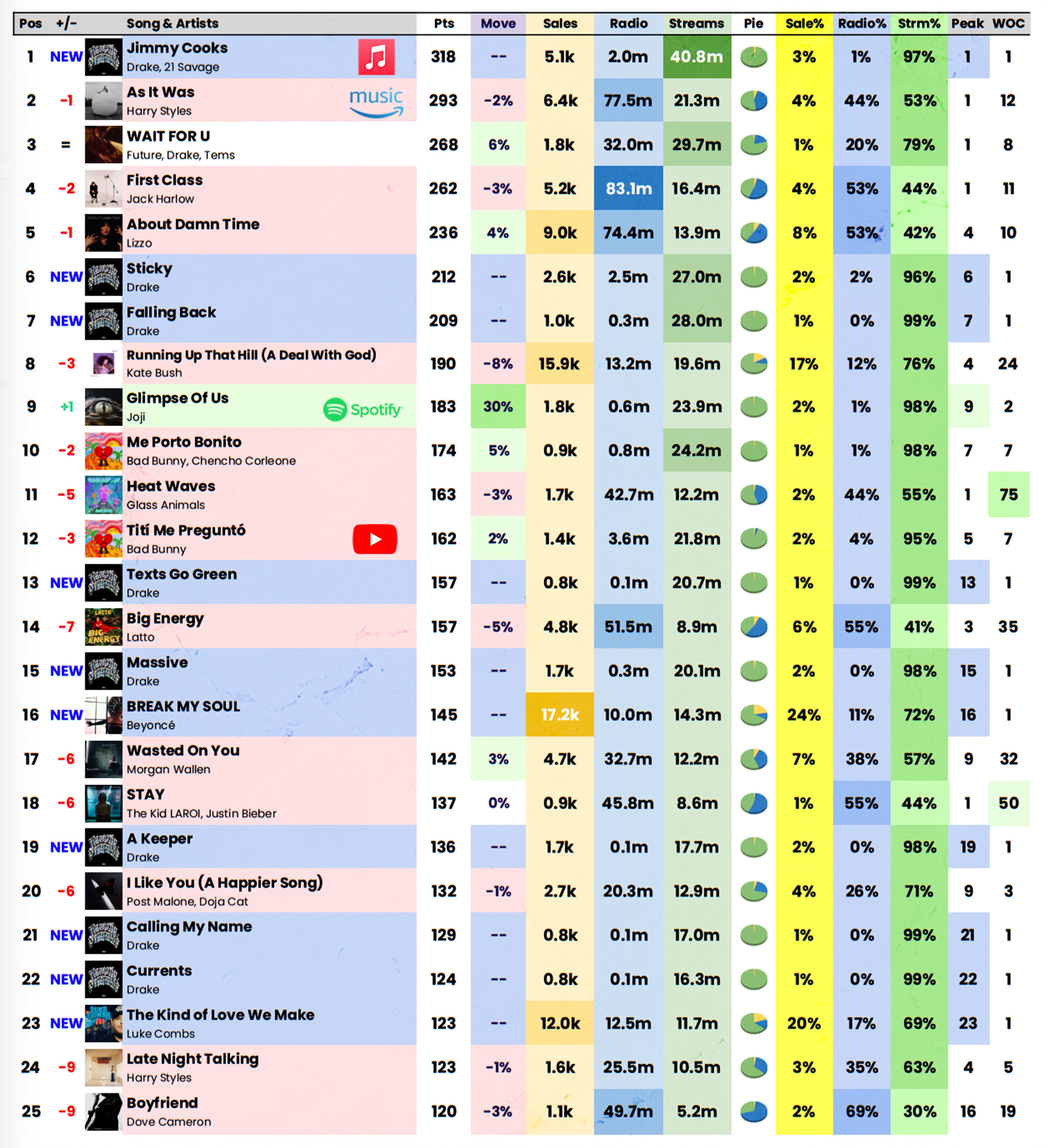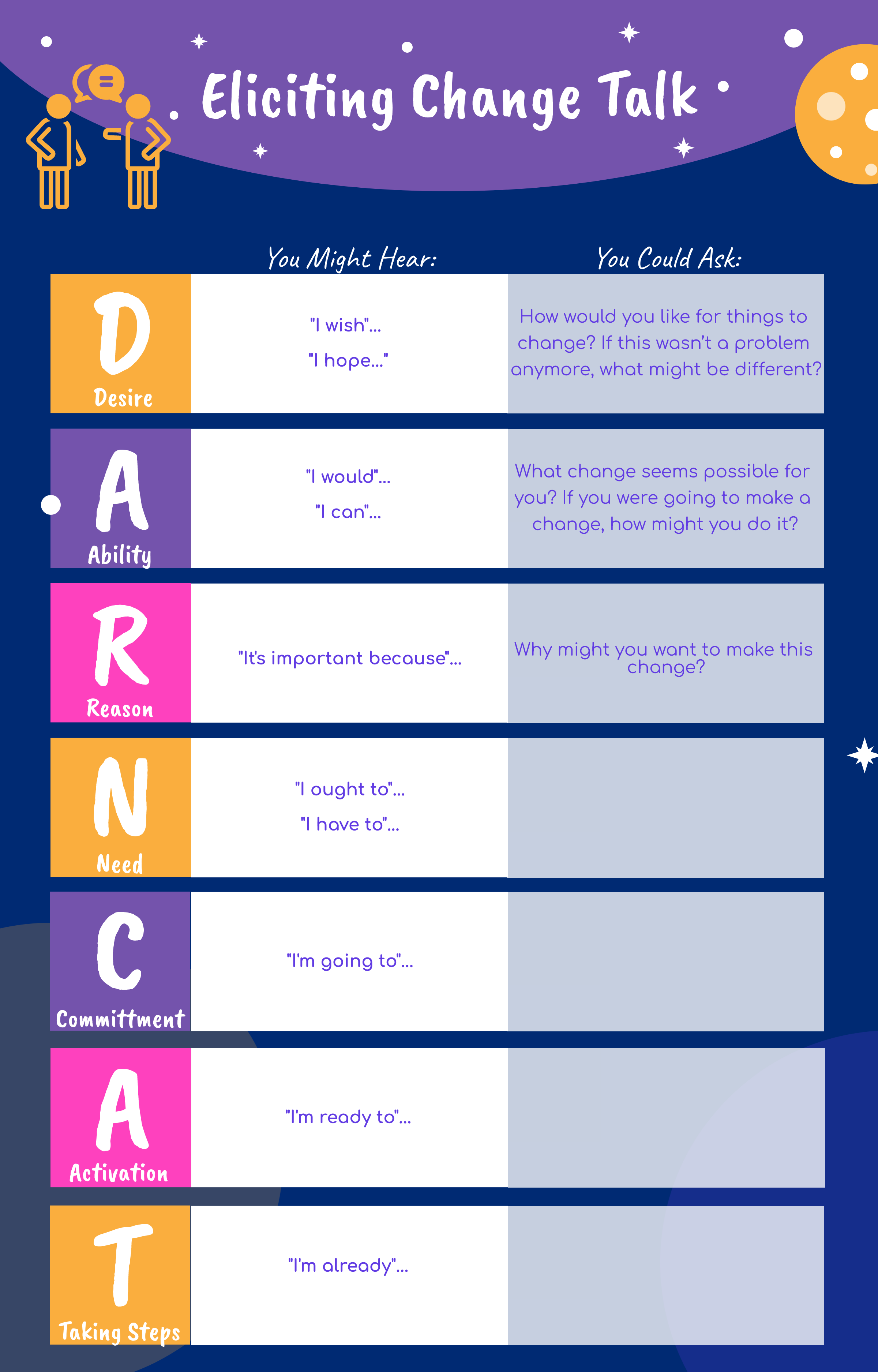Let’s be real, folks, data is everywhere. Whether you're scrolling through social media, analyzing business reports, or just casually watching the news, you’re bound to bump into charts, graphs, and all sorts of visual representations. This phenomenon has become so common that it’s now the talk of charts! Yep, you heard me right—charts are no longer just for nerdy boardroom presentations. They’ve made their way into everyday conversations, and understanding them is crucial if you want to stay ahead of the game.
Now, you might be thinking, “Why should I care about charts?” Well, my friend, charts are like the Rosetta Stone of data—they make complex information easy to digest. They help us make sense of numbers, trends, and patterns that would otherwise leave us scratching our heads. Whether you're a business owner, a student, or just someone who loves crunching numbers, charts are your best friend. And trust me, they’re not going anywhere anytime soon.
In this guide, we’re diving deep into the world of charts. We’ll explore what makes them tick, why they matter, and how you can use them to your advantage. So, buckle up and get ready for a wild ride through the talk of charts because by the end of this, you’ll be speaking the language of data visualization like a pro.
- Madelyn Cline Nude Understanding The Controversy And Setting The Record Straight
- Alana Cho Nudes Debunking Myths And Understanding Privacy In The Digital Age
What Exactly Are We Talking About? Defining the Talk of Charts
First things first, let’s break down what we mean by the "talk of charts." Simply put, it’s the buzz surrounding data visualization. Charts have become the go-to tool for simplifying complex information, and they’re used in almost every field imaginable. From finance to healthcare, education to entertainment, charts are everywhere. But why?
Well, here’s the deal: humans are visual creatures. We process images faster than text, and charts tap into that natural ability. Instead of sifting through endless rows of numbers, a well-designed chart can show you the big picture in an instant. It’s like having a snapshot of your data that tells a story. And let’s face it, who doesn’t love a good story?
Why Charts Are the New Black
Charts have become so popular that they’re practically mainstream. Here are a few reasons why:
- Camilla Araujo Onlyfans Leaked A Comprehensive Look Into The Issue
- Brandi Passante Nude Pics A Comprehensive Analysis And Understanding
- They Simplify Complexity: Charts take complicated data and make it easy to understand.
- They’re Visually Appealing: Who doesn’t love a pretty graph? Charts can be both functional and aesthetically pleasing.
- They’re Versatile: From bar charts to pie charts, there’s a chart for every occasion.
- They Drive Decisions: Charts help businesses and individuals make informed decisions based on data.
The Evolution of Charts: A Brief History
Believe it or not, charts have been around for centuries. The earliest known charts date back to ancient times, where they were used to map stars and track trade routes. Fast forward to the 18th century, and we see the rise of modern charts thanks to pioneers like William Playfair, who invented the bar chart and line graph. Since then, charts have evolved alongside technology, becoming more sophisticated and accessible.
Today, we live in a world where charts are created with the click of a button. Tools like Excel, Tableau, and Power BI have made it easier than ever to visualize data. But with great power comes great responsibility. As the talk of charts grows, so does the need for accurate and meaningful representations.
Key Milestones in the World of Charts
Here’s a quick rundown of some major milestones in the history of charts:
- 1786: William Playfair introduces the bar chart and line graph.
- 1854: Florence Nightingale uses pie charts to highlight the importance of sanitation in hospitals.
- 1970s: The rise of computer-generated charts revolutionizes data visualization.
- 2000s: Interactive charts become the norm, thanks to advancements in technology.
Types of Charts: Which One Should You Use?
Not all charts are created equal. Depending on the data you’re working with and the story you want to tell, you’ll need to choose the right type of chart. Here’s a breakdown of some common chart types and when to use them:
Bar Charts
Bar charts are perfect for comparing different categories. They’re simple, effective, and easy to read. Whether you’re comparing sales figures or survey results, a bar chart can help you spot trends and differences at a glance.
Line Charts
Line charts are ideal for showing changes over time. They’re great for tracking trends and identifying patterns. If you’re analyzing stock prices or weather data, a line chart is your go-to choice.
Pie Charts
Pie charts are all about proportions. They’re best used when you want to show how different parts contribute to a whole. However, be careful not to overload your pie chart with too many slices—it can get messy fast.
Scatter Plots
Scatter plots are perfect for showing relationships between two variables. They’re especially useful in scientific research and statistical analysis. If you’re trying to identify correlations, a scatter plot is the way to go.
The Importance of Data Accuracy in the Talk of Charts
Now, here’s the thing: charts are only as good as the data they represent. If your data is inaccurate or incomplete, your chart will be too. This is where the talk of charts gets serious. In fields like healthcare and finance, data accuracy can literally be a matter of life and death. That’s why it’s crucial to ensure your data is reliable and up-to-date.
But how do you ensure data accuracy? Here are a few tips:
- Verify Your Sources: Make sure your data comes from reputable sources.
- Check for Errors: Double-check your data for any mistakes or inconsistencies.
- Update Regularly: Keep your data current to reflect the latest trends and changes.
Common Pitfalls to Avoid
When it comes to the talk of charts, there are a few common mistakes to watch out for:
- Overloading Your Chart: Too much information can make your chart confusing.
- Using the Wrong Chart Type: Make sure you choose the right chart for your data.
- Ignoring Context: Always provide context for your data to give it meaning.
How to Create Effective Charts
Creating effective charts is both an art and a science. Here are some tips to help you design charts that pack a punch:
Keep It Simple
Less is more when it comes to charts. Avoid cluttering your chart with unnecessary details. Stick to the essentials and let the data speak for itself.
Choose the Right Colors
Colors can enhance your chart, but they can also distract. Use colors strategically to highlight important data points and create visual appeal.
Label Clearly
Make sure your chart is easy to read by labeling axes, legends, and data points clearly. This will help your audience understand the information at a glance.
Real-World Applications of the Talk of Charts
Charts aren’t just for business presentations or academic papers. They have real-world applications in a variety of fields. Here are a few examples:
Business
In the business world, charts are used to analyze sales data, track customer behavior, and forecast future trends. They help companies make informed decisions and stay competitive in the market.
Healthcare
In healthcare, charts are used to monitor patient data, track disease outbreaks, and evaluate treatment outcomes. They play a crucial role in improving patient care and public health.
Education
In education, charts are used to visualize student performance, track attendance, and identify areas for improvement. They help educators make data-driven decisions to enhance learning outcomes.
Tools for Creating Charts
With so many tools available, creating charts has never been easier. Here are a few popular options:
Excel
Excel is a classic tool for creating charts. It’s user-friendly and offers a wide range of chart types to choose from.
Tableau
Tableau is a powerful data visualization tool that allows you to create interactive and dynamic charts. It’s perfect for businesses and analysts who need to explore complex data sets.
Google Charts
Google Charts is a free and easy-to-use tool that lets you create charts directly in your browser. It’s great for beginners and those on a budget.
The Future of the Talk of Charts
As technology continues to evolve, so does the world of charts. We’re seeing more advanced tools and techniques emerge, such as augmented reality charts and AI-driven visualizations. The future of the talk of charts is bright, and the possibilities are endless.
But one thing is certain: charts will continue to play a vital role in how we understand and interact with data. So, whether you’re a seasoned pro or a newcomer to the world of data visualization, there’s never been a better time to get involved in the talk of charts.
Conclusion
In conclusion, the talk of charts is more than just a trend—it’s a necessity. Charts help us make sense of the world around us, and they play a crucial role in decision-making across various fields. By understanding the basics of data visualization and using the right tools, you can harness the power of charts to your advantage.
So, what are you waiting for? Dive into the world of charts and start telling your data stories today. And don’t forget to share your insights with others—after all, the talk of charts is all about spreading knowledge and understanding.
Got any questions or comments? Drop them below, and let’s keep the conversation going!
Table of Contents
- What Exactly Are We Talking About? Defining the Talk of Charts
- The Evolution of Charts: A Brief History
- Types of Charts: Which One Should You Use?
- The Importance of Data Accuracy in the Talk of Charts
- How to Create Effective Charts
- Real-World Applications of the Talk of Charts
- Tools for Creating Charts
- The Future of the Talk of Charts
- Conclusion
- Exploring Movierulz Ullu A Comprehensive Guide To The Controversial Movie Streaming Platform
- Unveiling The Truth Behind Buscar Kid And His Mom Video Original


